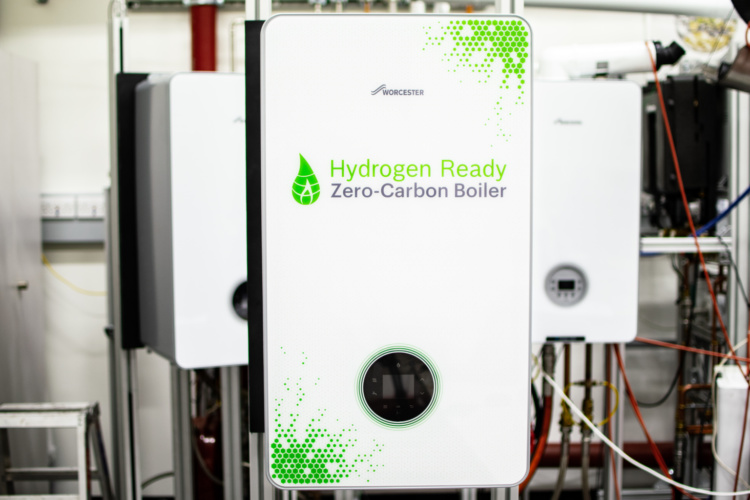As we come to the end of COP26 it’s now a good opportunity to consider the challenge of reaching carbon neutrality by 2050, and to take stock of the progress that has been made. Emissions reduction is one of the biggest challenges faced by businesses around the world. But what does it actually involve? What is true carbon neutrality?
By the first quarter of 2020, Bosch had eliminated direct and indirect CO2 emissions across all our sites. This means that we are one of the few global industrial companies to have achieved scope 1 and 2 carbon neutrality. The next step is scope 3 carbon neutrality, and that’s a much more complex challenge.

(Credit: Bosch)
Scope 1 covers direct greenhouse gas emissions that occur from sources that are controlled by a company. Scope 2 is all about how a company sources its energy. It’s not easy to become carbon neutral when measured at scopes 1 and 2, especially for manufacturing companies, but Bosch has shown that it is possible through listening to employee ideas, spreading best practice, using renewable energy wherever possible and constantly striving to increase energy efficiency. It’s about continuous improvement and going beyond what is required to meet the standards.
Scope 3 carbon neutrality extends beyond a company and encompasses its suppliers and its customers too. Scope 3 recognises the entire lifecycle of a product, starting from when the materials that it is made from are produced. It includes selling and shipping the product, the emissions made when the customer uses it and – crucially – disposal of the product when the customer finishes using it many years later.
Bosch has set a global target of reducing our scope 3 emissions by 15 per cent by 2030 in comparison to 2018. The only way to achieve this is to work closely with our suppliers to help them to reduce the environmental impact of their businesses.
For years they have signed up to ethical standards. We’re now working with them to introduce carbon standards. An accumulation of small changes can lead to large reductions in a company’s carbon footprint. We’re setting clear goals for our partners in both purchasing and in logistics. Pooling shipments and avoiding air transport are two examples of how reshaping our operations is moving us and our partners in the right direction.
An accumulation of small changes can lead to large reductions in a company’s carbon footprint
We’re also developing carbon neutral technology for customers, which will help the supply chain too. Our ambition is for hydrogen boilers to be delivered in trucks powered by fuel cells and maintained by engineers driving electric vans – all of which are developed by Bosch. We are also a leader in electrified powertrains.
To reach that 15 per cent target we also need to change consumer behaviour. This is where governments perform a vital role. Encouraging household recycling can help the packaging of a product to be disposed of in the proper way. Generating green energy makes sure the electricity that’s used to power a product is not contributing to climate change. And at the end of the products life the work continues. It’s up to companies such as Bosch to develop products that can be broken down easily and the recyclable components are able to be stripped out.
Scope 3 is a complex challenge that requires fundamental change across companies and entire countries. It’s a challenge that many businesses are yet to consider, but all have a role in. Bosch is getting to grips with it and along the way is learning the true meaning of carbon neutrality.
Vonjy Rajakoba, Managing Director, Bosch UK




Glasgow trial explores AR cues for autonomous road safety
They've ploughed into a few vulnerable road users in the past. Making that less likely will make it spectacularly easy to stop the traffic for...